Search
Search Results
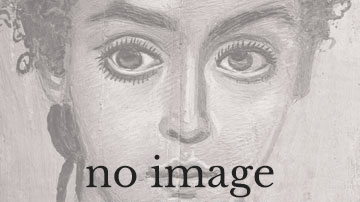
Video
Digging History 7: The Architecture and Engineering of Rome
The Romans began building with local materials, wood, clay, and tuff (see Episode 3 for local materials and geology of the city). There are many sources from antiquity, but a good place to start is with the writings of Vitruvius (on architecture...
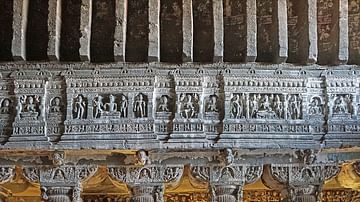
Image
Ajanta Architecture
The caves of Ajanta were built between 2nd century BCE and 6th century CE. Here beautifully decorated inner pillars and trifolium from Cave 26 can be seen.
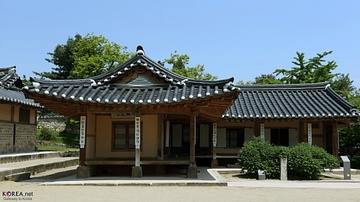
Image
Korean Hanok Architecture
A modern building employing the classic features of the hanok architectural style of ancient Korea. (House of Kim Jeong-hui)
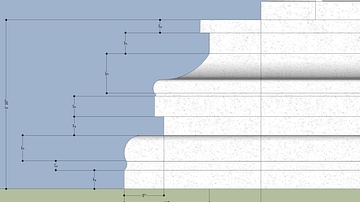
Image
Typical Molding Details in Gandharan Architecture
Base molding typically seen on most stupa bases in the Taxila region
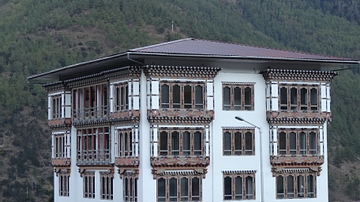
Image
Distinctive Bhutanese Architecture
The distinctive architecture of Bhutan. A building in Thimphu.
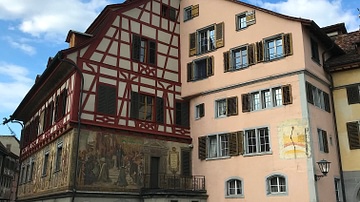
Image
Medieval Architecture in Stein-am-Rhein, Switzerland
Stein-am-Rhein, Switzerland is famed for its medieval timber architecture. One can frequently observe medieval and early modern frescoes on the timber structures, and some even feature bay windows. Stein-am Rhein has a long history and was...
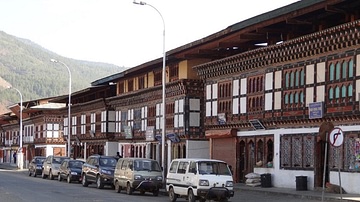
Image
Distinctive Bhutanese Architecture in Paro.
Contemporary Bhutanese buildings are often reconstructions of traditional and distinctive architecture. This photo shows modern offices and shops in the main street of Paro.
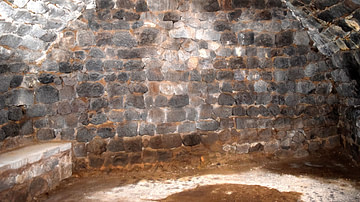
Image
Unique Stone Architecture at Tatev Monastery
Tatev Monastery was one of medieval Armenia's most important religious and cultural centers during the Middle Ages. It's famous throughout the Caucasus for its stone architecture and location on a large basalt plateau near the Tatev village...
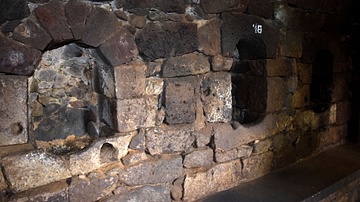
Image
Stone Architecture at Tatev Monastery
Tatev Monastery was one of medieval Armenia's most important religious and cultural centers during the Middle Ages. It's renown for its stone architecture and location on a large basalt plateau near the Tatev village in Syunik Province in...
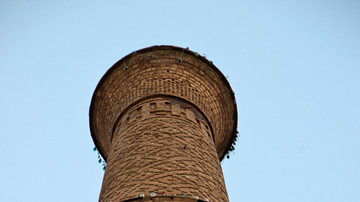
Article
The Style & Regional Differences of Seljuk Minarets in Persia
Under the Seljuk rule, Persia gained a period of economic and cultural prosperity. The innovative techniques of the Seljuk period and style in architecture and the arts had a strong influence on later artistic developments. Seljuk art is...